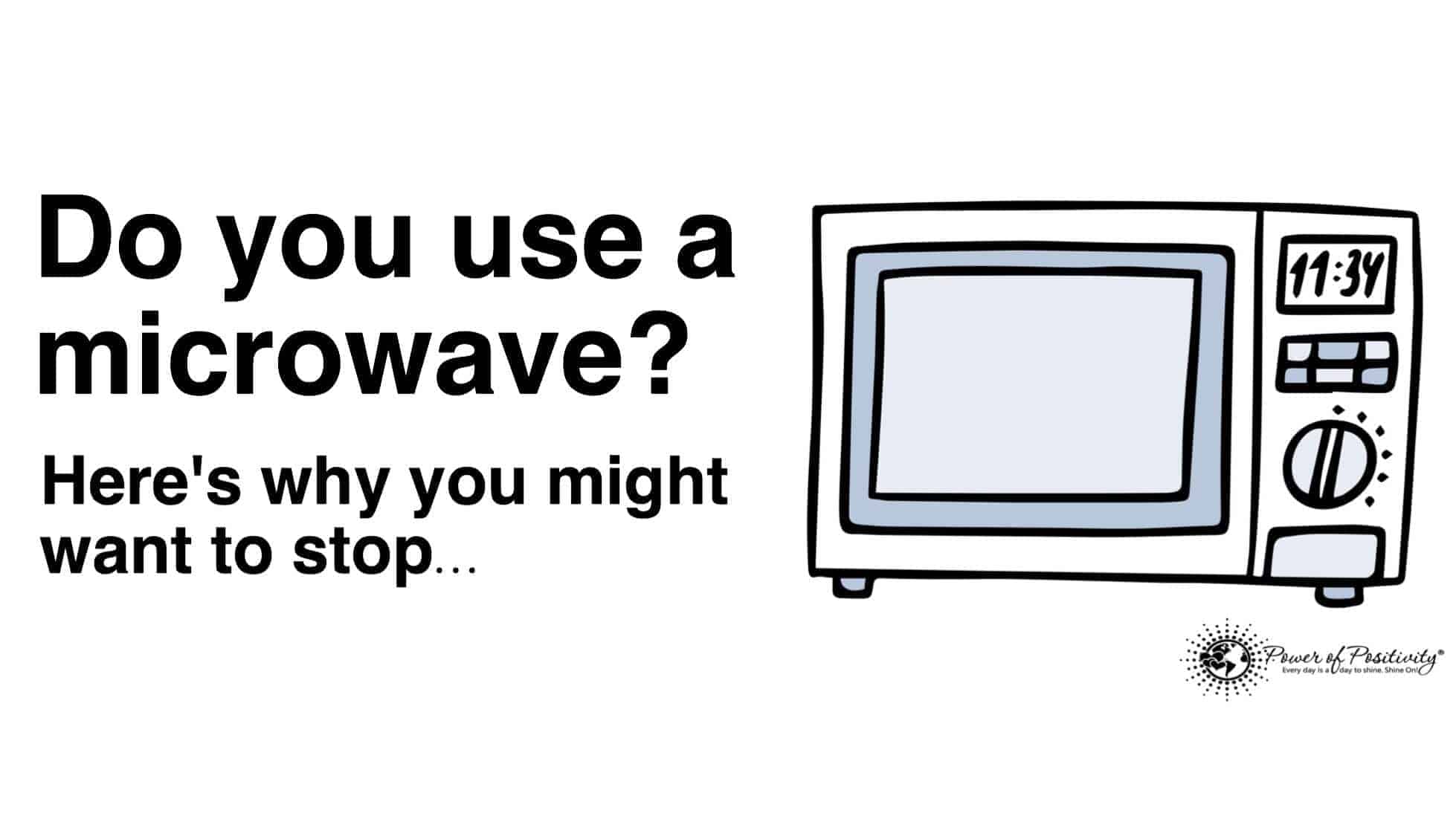The ability to quickly cook our food is what drew people initially to the convenience of the microwave, but when you read this you may want to stop using microwaves immediately.
Here’s Why You May Want to Stop Using Microwaves Immediately
How microwaves change the taste of food
Researchers looking at the differences in cooking methods found that the sensory analysis of vegetables that had been cooked by microwaving indicated that there were differences in color, flavor, texture, and moistness of the vegetables. You and your family members might have noticed this flavor difference yourselves when you steam broccoli on a stovetop versus how they taste when cooked in a microwave.
Another group of researchers who were looking at nutritional differences in microwaved food said, ‘There are differences in flavor and taste in certain food products prepared in a conventional and a microwave oven.’ The researchers also concluded that ‘nutritional and chemical changes in microwave heated foods are of approximately the same magnitude as those in foods prepared or processed by conventional methods. Microwave radiation is not powerful enough to break chemical bonds to cause the formation of radicals, which might be hazardous to human health.’
The results of these studies are that microwaving as a way of cooking by radiation is relatively safe. Nevertheless, the taste differences and other potential health risks might make it a reason to stop using microwaves immediately.
Radiation and microwaves
The World Health Organization says that ‘Microwaves are high-frequency radio waves (radiofrequency fields) and, like visible radiation (light), are part of the electromagnetic spectrum. Microwaves are used primarily for TV broadcasting, radar for air and sea navigational aids, and telecommunications including mobile phones’and in kitchens for cooking food.
Microwaves are reflected, transmitted, or absorbed by materials in their path, in a similar manner to light. Metallic materials reflect microwaves, while non-metallic materials such as glass and some plastics are mostly transparent to microwaves. ” Materials containing water, for example, foods, fluids or tissues, readily absorb microwave energy, which is then converted into heat.’
The World Health Organization (WHO) says ‘Only dishes and containers specifically designed for microwave cooking should be used. Certain materials, such as plastics not suitable for microwave oven, may melt or burst into flames if overheated.’ Eating melted plastic that gets in contact with your food is definitely not healthy.
The WHO’s website also says ‘In June 2001 the International Agency for Research on Cancer (IARC), a specialized agency of WHO on cancer, classified low frequency (frequencies of 50 or 60 hertz) magnetic fields as a possible human carcinogen. The typical microwave oven operates at a frequency of 2450 megahertz (a megahertz is one thousand hertz). Anything over 10 hertz can harm the human body.
Risks from aging microwaves
You may not have checked your microwave door in a long time, but if you still plan to use a microwave, you need to check it immediately. The door seal is an important part of how safe your microwave is.
A microwave’s dirty rubber seal, cracked or missing, or even showing signs of yellowing, is not effective at keeping microwave radiation contained as a clean seal that is in good working condition.
When you use your microwave, stand away from it if possible. Leaking radiation will not be detected by your eyes, but your body will feel the influence of it as damage to your tissues.
Food safety and microwaves
Boiling water in a microwave is different than cooking a squash or potato. Piercing the skin of a dense vegetable is necessary to allow steam to escape from inside the vegetable or the food may explode in the microwave during cooking.
Microwaving food that is uneven in density or in its water content means that food is cooked unevenly. Undercooked food can be hazardous to your health in the case of undercooked eggs or chicken due to the risk of salmonella bacteria.
Burns from superheated water has also happened with microwaves, whereas this is unlikely when water is heated on a stove. This is because water may not bubble as it boils in a microwave, depending on the container used to heat the water. Bubbles may not rise along the walls of the container as the water heats in the microwave, unlike on a stove, so that when a utensil breaks the overheated water surface, the water quickly rises in a superboil.
You may have read our article about cancer-causing foods to avoid, and if so, you already know that plastic heated in a microwave is terrible news. The plastic trays that microwavable food comes in may still contain BPA. BPA, when heated, can leak into food which it may cause cancer. Even BPA-free plastics may melt in the microwave leading you to eat plastic accidentally.
Hidden safety risks of microwaves
The World Health Organization mentions on its website that ‘Only certain microwave ovens are designed to sterilize items (for example, baby’s milk bottles). The user should follow the manufacturer’s instructions for this type of application.’ Please check your microwave user’s manual before attempting to sterilize plastic or glass baby bottles in it. Also check the infant bottles themselves for any warnings regarding microwave cleaning. ‘
Microwaves can be hazardous to people with electronic medical devices, such as pacemakers, due to the potential for interference that disrupts the device. A 1996 journal article on microwaves and human safety says ‘A general public perception that microwaves are hazardous has been a key obstacle for acceptance of microwave power transmission (MPT). This perception will eventually dissipate, and then attention will focus on a real technical problem, that of interference (RFI). This can range from perceptible through annoying to hazardous.



















